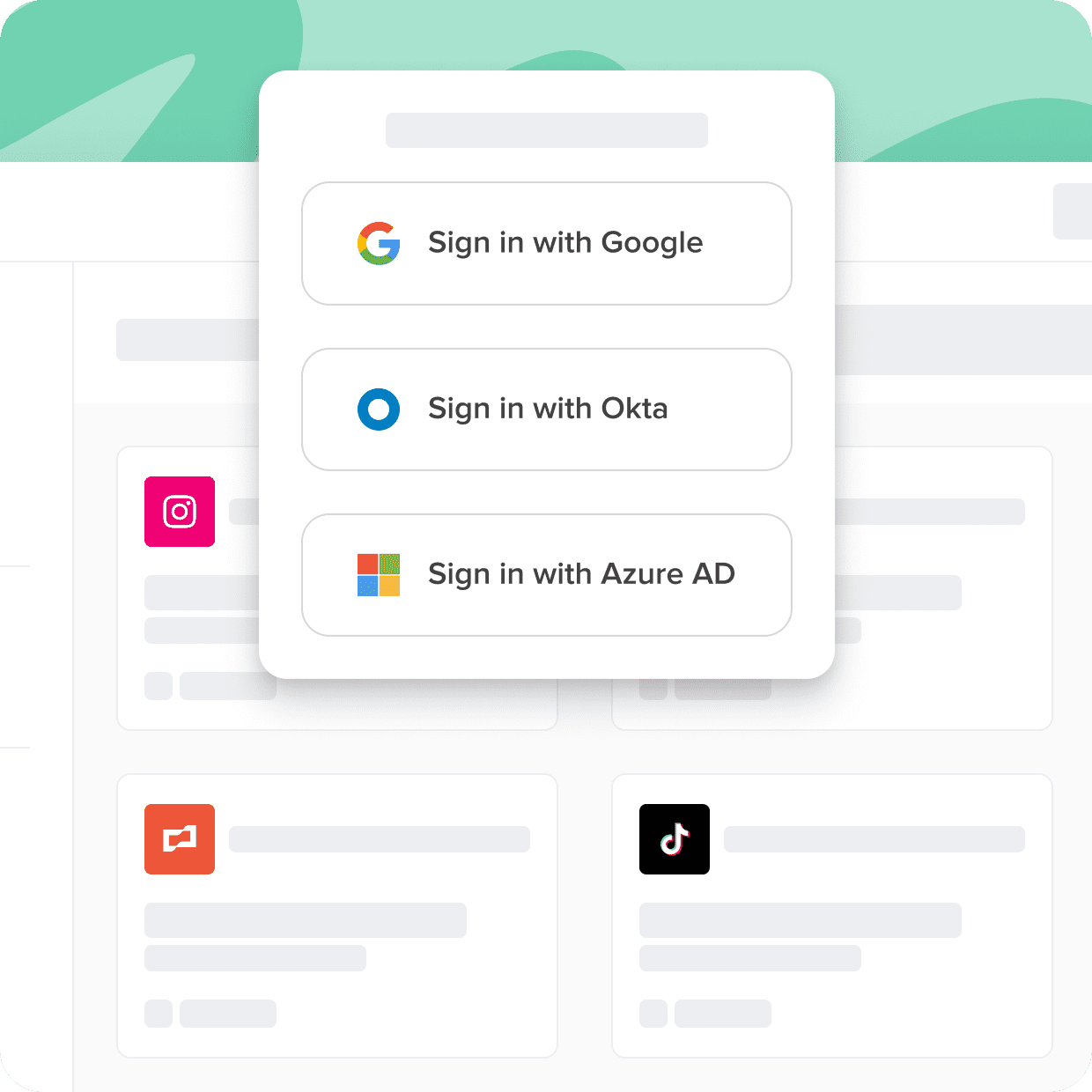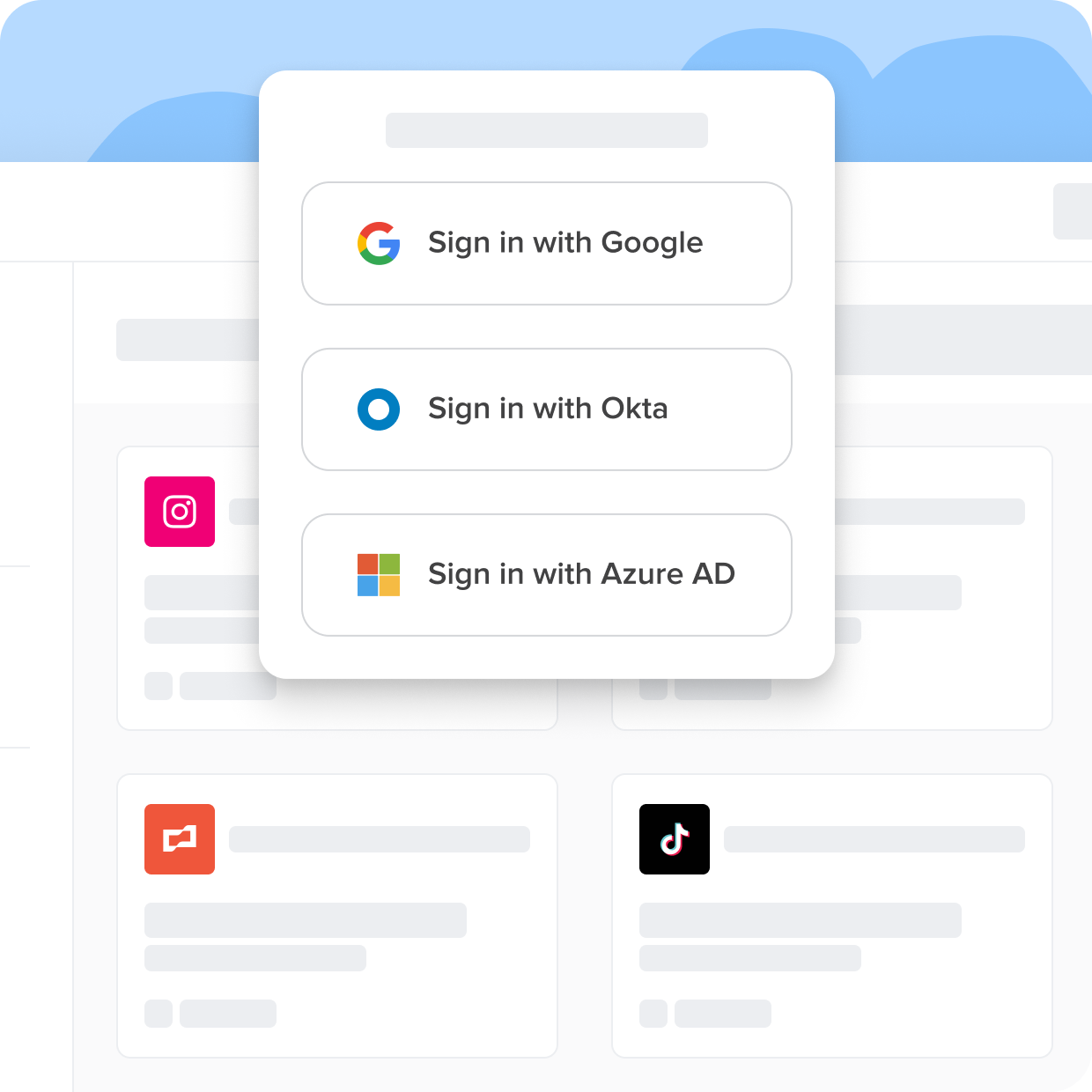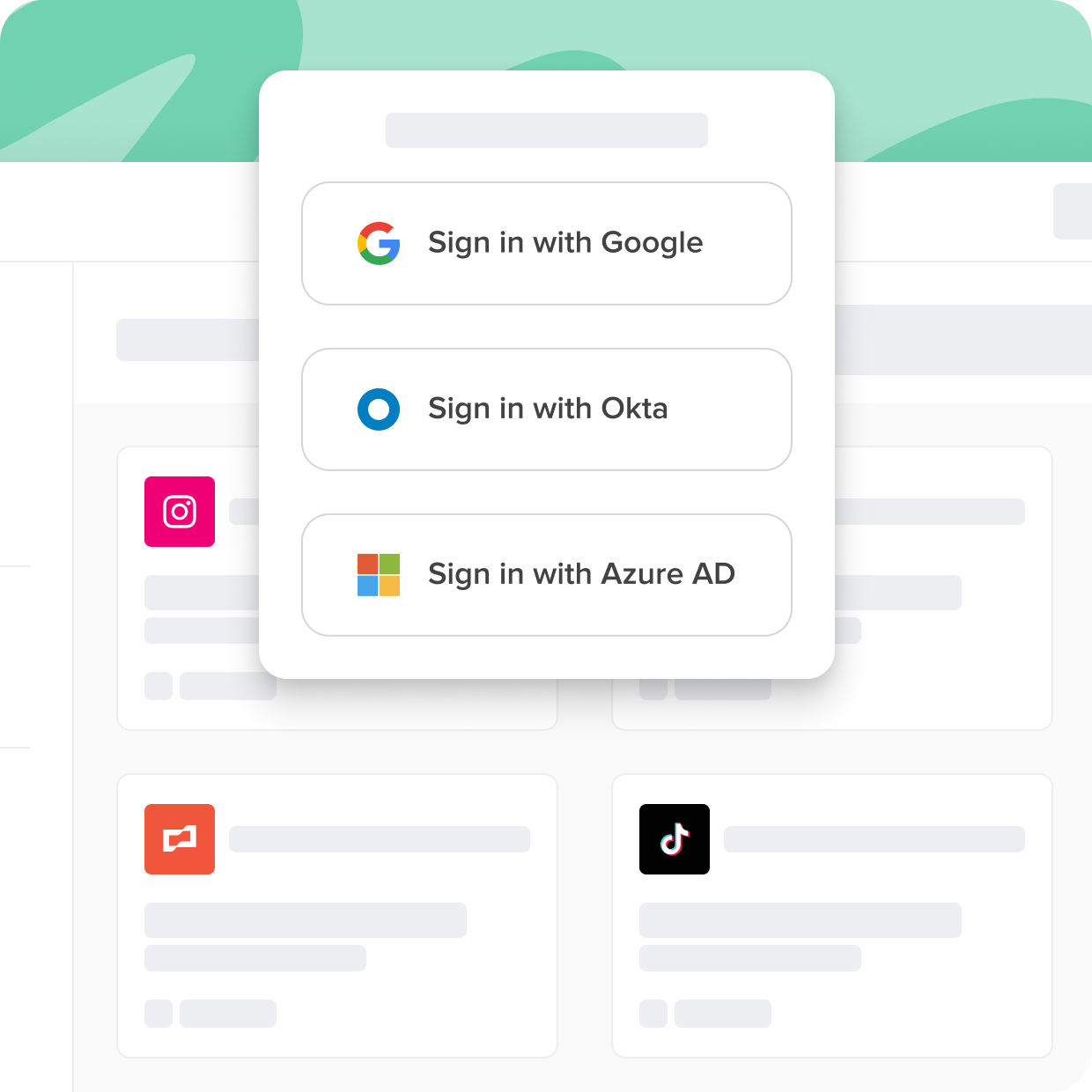Security access management systems use single sign-on (SSO), a fantastic technology allowing businesses to eliminate password reuse and simplify the login process. Unfortunately, many corporate applications don't support the SSO standard and can't reap all the benefits. The applications that fall into this category are best called "nonfederated." Nonfederated applications are a new category that is becoming increasingly challenging for businesses to manage and secure effectively, yet increasingly critical for businesses to succeed.
Cerby connects all your apps to your SSO tools, even if they don't support the SSO standard. In this guide, you'll learn about different SSO tools, the challenges, and the players.
Streamline Access With Single Sign-On
Not all apps are created equal. Some come with security gaps and complexities that can hinder user adoption and put sensitive data at risk. With Cerby, you can ensure secure and seamless access to all your applications, regardless of their support for standards like SSO.
With Cerby You Can
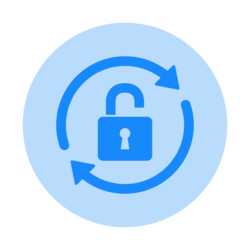
Close the identity gap
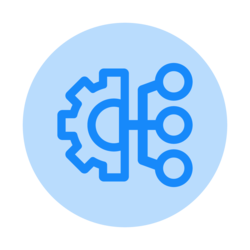
Universally enforce 2FA

Eliminate the SSO tax
Security Access Management System
As more businesses recognize the value of digital technology, bolstering cyber security has become a daily concern in modern workplaces. One of the most essential aspects of proper cyber security is controlling access to sensitive data and digital resources, which requires a scrupulous and capable security access management system.
An identity and access management (IAM) system is a unique framework of policies, processes, and technological tools that enables business organizations to manage user access to their most crucial systems and data more effectively. However, the challenge is that many applications don’t support the security standards to work with SSO—namely, the security assertion markup language (SAML). Nonfederated applications are a serious security risk, and research from the Ponemon Institute found that they make up a statistically significant percentage of breaches.
IAM usually involves several components, such as identity management (IDM), which deals with the creation, maintenance, and deletion of user identities, as well as user access management policy, which govern the permissions and privileges granted to users based on their role, job title, responsibilities, and need-to-know.
The importance of security access management has grown tremendously in recent years, partly because of the increasing frequency and severity of cyber-attacks. The proliferation of cloud-based services, mobile devices, and remote work arrangements has exacerbated things and further complicated the management of user access initiatives. Additionally, regulatory compliance requirements have forced numerous organizations to ensure that access to sensitive information is highly secure and auditable.
To address these many challenges, as well as future challenges, contemporary organizations must implement adequate security access management systems that can handle complex user environments and integrate with existing IT infrastructures. Such systems must also provide robust authentication and authorization mechanisms, enforce security policies, and continually monitor user activities to detect, respond to, and thwart security threats.
This article will discuss how security access management has become an essential aspect of modern businesses and technology. Organizations must implement sturdy IAM frameworks that include identity management capabilities, user access management policy, and other security measures to ensure the integrity and confidentiality of business data and resources.
Identity Management
The process of identifying, authenticating, and authorizing users to access digital resources and services is known as identity management. Within the tech industry, identity management is an invaluable part of ensuring the security of user data and preventing unauthorized access, making it a key element of most cybersecurity systems.
Identity management models – like user-centric, enterprise-centric, and federated identity management – provide organizations with various benefits and advantages. User-centric models give control of identity data to individual users, whereas enterprise-centric models are centralized and managed solely by the organization. Federated identity management systems allow different organizations to share identity data and authentication services, providing a seamless user experience across multiple systems.
Identity management cybersecurity tools generally include features like single sign-on (SSO), multi-factor authentication (MFA), and password managers. Single sign-on enables users to access more than one system with a single set of login credentials, which can reduce the risk of password reuse and simplifies the entire login process. Multi-factor authentication adds an extra layer of security by requiring users to provide more than one form of authentication, such as a password and a biometric factor. And password managers work by securely storing login credentials and generating strong, unique passwords for each system.
Identity management examples include Microsoft Azure Active Directory, Okta, and Ping Identity – among numerous others. These identity management tools provide a range of identity management services, including user authentication, authorization, and basic access management. They also offer several integration options with other cybersecurity tools and services to provide a more comprehensive security solution.
Identity management has numerous case uses for businesses of all sizes across many different industries. In health care, for instance, identity management is crucial for protecting sensitive information like patient data and also for complying with regulations like HIPAA. In finance, on the other hand, identity management is leveraged to help prevent fraud and is also necessary for complying with regulations like PCI DSS.
Identity And Access Management Solutions
An identity and access management system can offer a variety of use cases that help business organizations solve critical problems related to cybersecurity, compliance, and user experiences. Identity and access management solutions enable business organizations to manage user identities, access privileges, and authentication is housed in a centralized, automated manner, which greatly reduces the risk of potential security breaches and simplifies compliance which can improve user productivity.
Identity management companies provide a range of IAM solutions tailored to the specific needs of businesses of all sizes and industries. These solutions might include cloud-based IAM services, on-premise IAM software, or hybrid IAM deployments. Some companies also offer identity management system open source software, which gives organizations the ability to customize their IAM solutions to better align with their specific requirements.
Additionally, identity and access management system CMS integration is possible and can be highly effective in certain situations. This can allow organizations to manage user access to content management systems’ resources like documents and web content while ensuring compliance with content governance policy.
Identity And Access Management Tools
There are dozens of popular identity management tools that each provide various features, advantages, and capabilities to help organizations manage user identities and access to digital resources.
One of the top identity and access management tools is Microsoft Azure Active Directory. Azure AD offers a cloud-based IAM solution that can easily integrate with other Microsoft services like Office 365 and Windows 10 or 11. It provides a comprehensive range of features like single sign-on, multi-step authentication, and user provisioning, which makes it an ideal solution for businesses that already utilize other Microsoft services and software.
Other IAM tools examples include Okta, which is another cloud-based IAM solution that integrates relatively easily with dozens of third-party applications and services. There are also identity and access management tools (open source) options, which include FreeIPA, a service that provides several IAM services like user and group management, SSO, and certificate management.
For organizations trying to identify the best IAM tool for their unique purposes and requirements, business leaders must consider the complexity of their organization and the level of integration required with other, already-established business systems, as well as the specific IAM features that are needed.
User Access Management System
A user access management system is another essential component of identity and access management tools that allow organizations to manage user access to digital resources. A user access management system allows system administrators to control and monitor user access privileges, which ensures that users only have access to the resources they need to perform the duties of their job.
The user access management process involves a handful of steps, including user authentication, authorization, and provisioning. User authentication requires verifying the user's identity – typically with a username and password – while authorization involves determining the level of access privileges the user ought to have. Finally, user provisioning involves granting access privileges to the user, and de-provisioning involves revoking access when the user no longer requires it (like when an employee leaves a job, for example).
User access management tools can provide organizations with a diverse range of features and capabilities to better manage user access to digital resources. These tools might include role-based access control (RBAC), which lets administrators assign access privileges based on the user’s role within the organization, and identity governance and administration (IGA), which provides a framework for managing user identities and access permissions across multiple systems and applications.
Identity And Access Management In Cyber Security
Identity and access management plays a vital role in cybersecurity initiatives, as it enables organizations to manage user access to digital resources and minimize the risk of cyber-attacks. Identity and access management in cyber security involves the implementation of strict policies and procedures to ensure that users have access only to the resources that are necessary for them to perform their roles and those access privileges are continuously monitored and controlled by system administrators.
IAM cyber security tools give businesses a range of features and capabilities to help manage user access to digital resources. These tools include privileged access management (PAM), which provides added security controls and monitoring for users with elevated access privileges, and identity governance and administration (IGA), which lets organizations manage user identities and access across different systems and/or applications.
Identity and access management AWS (Amazon Web Services) is one example of how cloud providers are integrating IAM tools and features into their platforms to provide a comprehensive solution for managing user access to cloud-based resources. AWS provides ample IAM tools and features, including IAM roles and policies, which allow administrators to manage user access to AWS resources, and AWS IAM, which provides a centralized platform for managing everything.
User access management best practices in cybersecurity include implementing formidable authentication and authorization policies, such as multi-factor authentication and RBAC, to ensure that users don’t have unchecked access to digital resources. Additionally, regular monitoring and auditing of user access privileges are essential to identify and subvert potential security risks.
In summary, identity and access management is a big part of what makes cybersecurity initiatives successful. IAM cybersecurity tools provide organizations with an arsenal of controls and security features to help improve their overall cybersecurity posture and protect against potential cyber threats.
